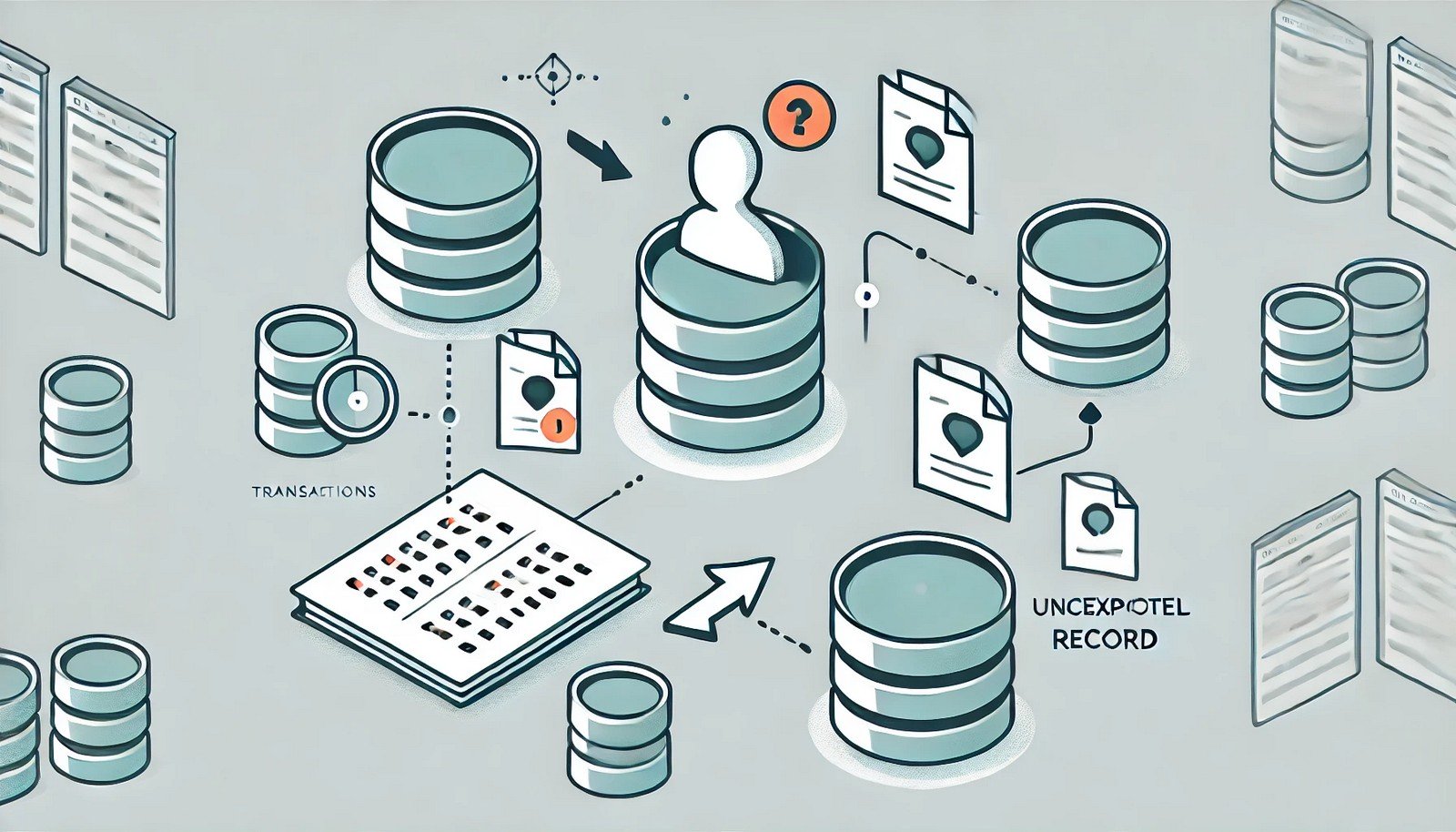Phantom Read
 (Representational Image | Source: Dall-E)
(Representational Image | Source: Dall-E)
Quick Navigation:
- Phantom Read Definition
- Phantom Read Explained Easy
- Phantom Read Origin
- Phantom Read Etymology
- Phantom Read Usage Trends
- Phantom Read Usage
- Phantom Read Examples in Context
- Phantom Read FAQ
- Phantom Read Related Words
Phantom Read Definition
Phantom read is a phenomenon in database management where a transaction retrieves a set of records and, upon re-execution, finds that new records matching its criteria have appeared due to changes made by other transactions. This can occur in databases that operate under isolation levels lower than serializable, such as Read Committed or Repeatable Read.
Phantom Read Explained Easy
Imagine you’re counting apples in a basket. You count 10 apples, but while you’re looking away, someone adds 3 more. When you count again, you now see 13 apples. This is like a phantom read, where a query gives different results because another transaction added or removed data.
Phantom Read Origin
The concept of phantom read emerged alongside the development of database transaction isolation levels in the 1970s and 1980s. As database systems evolved, the need for controlled concurrency led to definitions of various isolation levels.
Phantom Read Etymology
The term "phantom read" comes from the idea that certain records "appear" or "disappear" in a transaction, much like ghosts or phantoms suddenly manifesting or vanishing.
Phantom Read Usage Trends
With the increasing use of distributed databases and cloud-based storage, phantom reads remain a challenge for data consistency. Modern database engines provide techniques like row-level locking and MVCC (Multiversion Concurrency Control) to mitigate phantom reads.
Phantom Read Usage
- Formal/Technical Tagging:
- Database Management
- Transaction Isolation
- Concurrency Control - Typical Collocations:
- "phantom read anomaly"
- "repeatable read isolation level"
- "phantom read prevention techniques"
- "serializable transaction to avoid phantom reads"
Phantom Read Examples in Context
- A banking system transaction reads all accounts with balances above $10,000. Before the transaction completes, another transaction inserts a new account with $12,000, causing different query results.
- An inventory system checks for out-of-stock items, but as it processes orders, new out-of-stock items appear, leading to inconsistencies.
- A university system fetches all students enrolled in a specific course, but as registrations happen, new students appear unexpectedly in queries.
Phantom Read FAQ
- What is a phantom read in databases?
A phantom read occurs when a transaction retrieves a set of records, but another transaction inserts or deletes data that alters the results when the query is re-executed. - How is a phantom read different from a dirty read?
A dirty read happens when a transaction reads uncommitted changes made by another transaction, while a phantom read involves committed changes affecting a query's results. - How can phantom reads be prevented?
Phantom reads can be prevented using higher isolation levels, such as Serializable, or through row-level locking and MVCC. - What isolation level prevents phantom reads?
The Serializable isolation level prevents phantom reads by locking the entire dataset. - Are phantom reads a common issue in real-world applications?
Yes, especially in high-concurrency environments like banking, e-commerce, and cloud computing. - Can phantom reads affect performance?
Yes, using strict isolation levels like Serializable can slow down performance. - Do NoSQL databases experience phantom reads?
Yes, NoSQL databases also deal with phantom read-like anomalies. - Is phantom read an issue in single-user databases?
No, phantom reads only occur in multi-user environments.
Phantom Read Related Words
- Categories/Topics:
- Database Transactions
- Concurrency Control
- Isolation Levels
Did you know?
Phantom reads were one of the major reasons the SQL standard introduced the Serializable isolation level. However, since full serialization is expensive, many database systems opt for Repeatable Read or Snapshot Isolation as practical trade-offs.



Comments powered by CComment